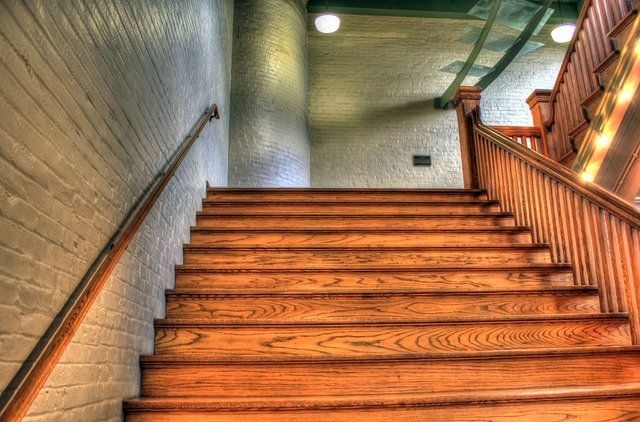Do you know your newel post from a spindle? Does talk of steps and risers make your head spin?
Whether you’re updating your whole staircase or just want to make a couple of changes to enhance the design, it can be quite overwhelming trying to understand which stair parts are which.
This simple guide will help you understand your stair parts that little bit more.
Handrails
Handrails are a necessary safety feature of any staircase, but that doesn’t mean they need to be all functional and no style.
The right handrail can really add a different dynamic to the look and feel of your staircase and hallway.
For open-plan hallways, an integrated handrail can add a sleek finish without creating a cramped feel. Alternatively, wall-mounted handrails are perfect for traditional hallways and can provide a minimalist feature, which can also retain a modern look and feel.
Timber, oak, metal, steel – your choice of material can also really help set the tone for your design, so make sure to pick carefully.
Newel posts
When it comes to your staircase, newel posts aren’t just a stylish addition. These essential pieces anchor your handrail to your staircase’s baserail, providing crucial structural support.
Aside from their practical advantage, newel posts are an easy way to tie together the design of your staircase.
If you’re a fan of simplicity or have another focal point in mind, opt for a simple newel post design such as a boxed or square newel post. Alternatively, some can act as a standalone feature, turned and twisted newel posts for example, drawing attention to this component.
Spindles
Although an essential safety element, spindles are a great way to inject some personality into your home.
Connecting your baserail to your handrail, spindles make up a large portion of your staircase, so choosing the right ones for your home is important.
Whether you opt for a natural look with wooden spindles, prefer something sleek like metal, or want to create the illusion of space and openness with glass panels. The options are endless.
For a traditional feel, oak spindles are definitely the way to go. If you’re after a modern twist, metal spindles add an extra special touch.
If your staircase is quite a dull, small space, replacing your spindles with glass panels could be a great option. Glass panels allow for natural light to flow freely, giving your staircase a brighter, fresher feel.
Treads
Stair treads are the section you physically stand on therefore they need to be especially durable.
When it comes to showcasing your personal style through your stair treads, there are a variety of options that don’t sacrifice durability.
Treads can be made from a variety of materials including timber, wood, stone, and tiles.
Thanks to their versatility, timber and oak treads tend to be a popular choice for many. They can be stained to create your preferred depth of colour or can be covered in carpet to dull any footsteps whilst also creating a cosy atmosphere.
Risers
Staircase risers are often the first part you see when you face a staircase. They’re the part that faces outward, connecting each tread together.
They’re a wannabe interior decorator’s dream, as you can be particularly creative when it comes to choosing and styling your risers.
A popular design choice is to paint your risers a neutral colour. This allows the wood in your treads to pop, creating an effortless inexpensive yet classy focus point.
Another timeless option is to tile your treads. Glossy-coloured tiles or mosaic tiles are both great options if you want to add that extra something to elevate your staircase.
Hopefully, you’ve now got an understanding of the different stair parts and how they each work together to create a unique staircase, suited to your home.

